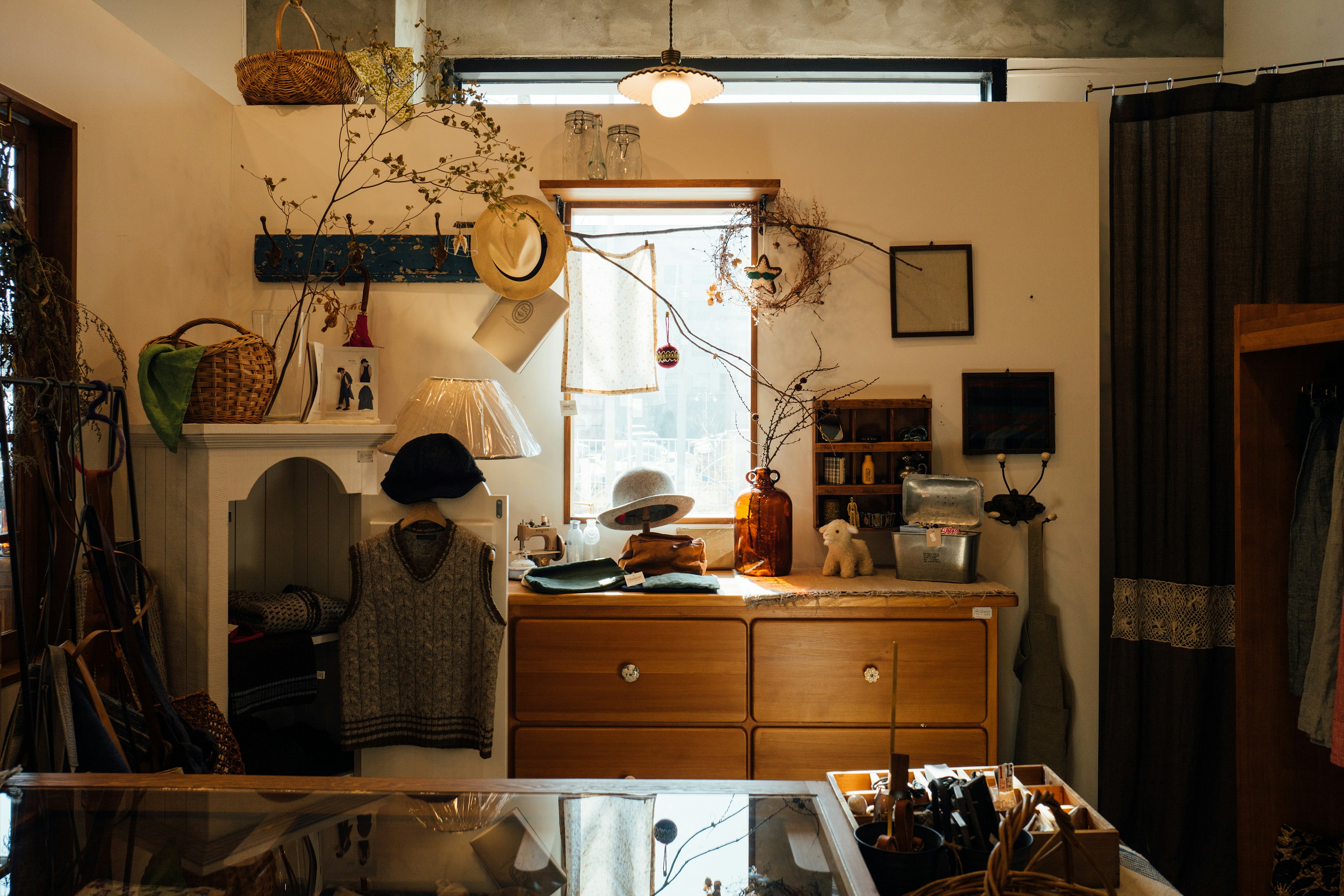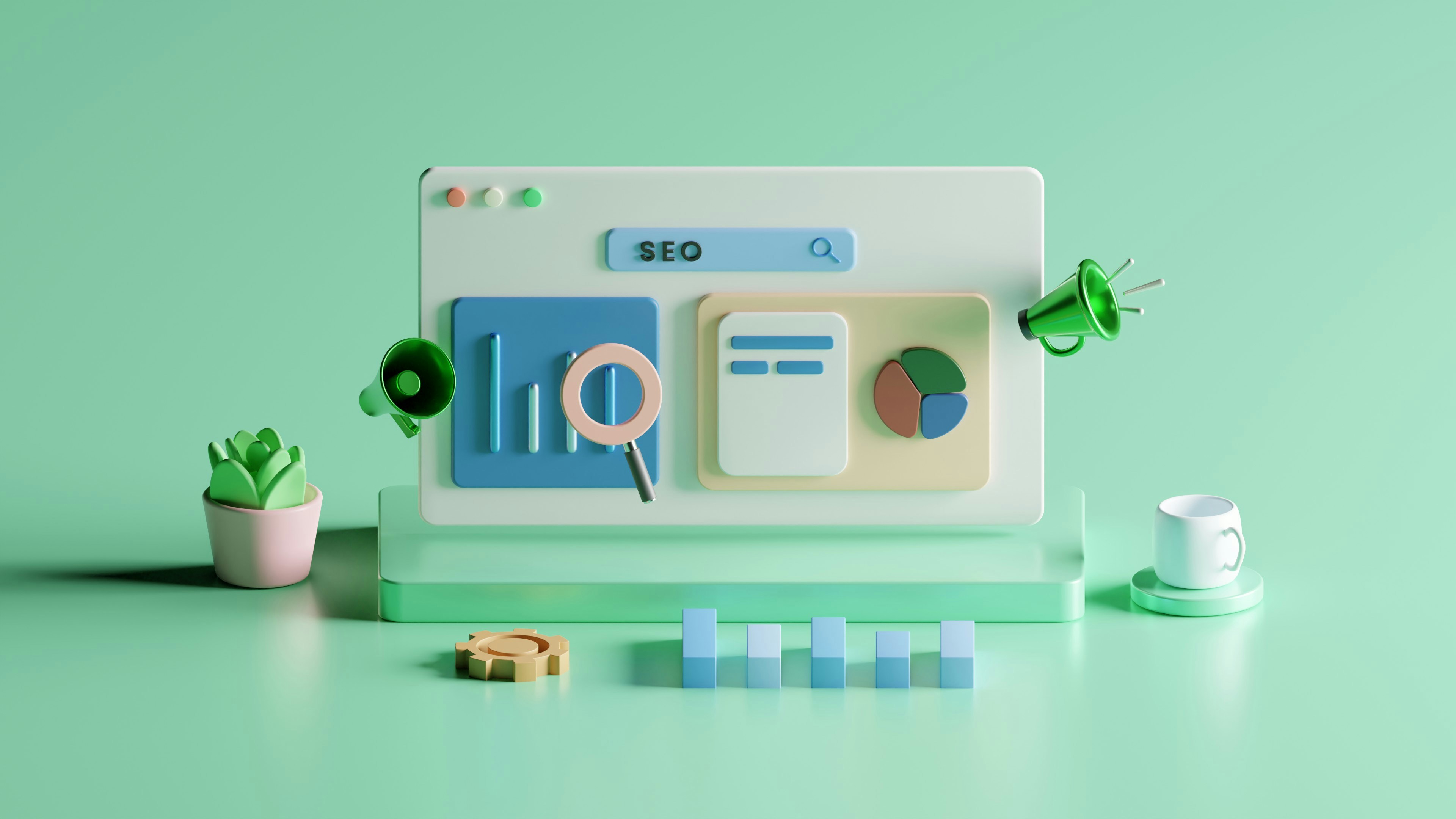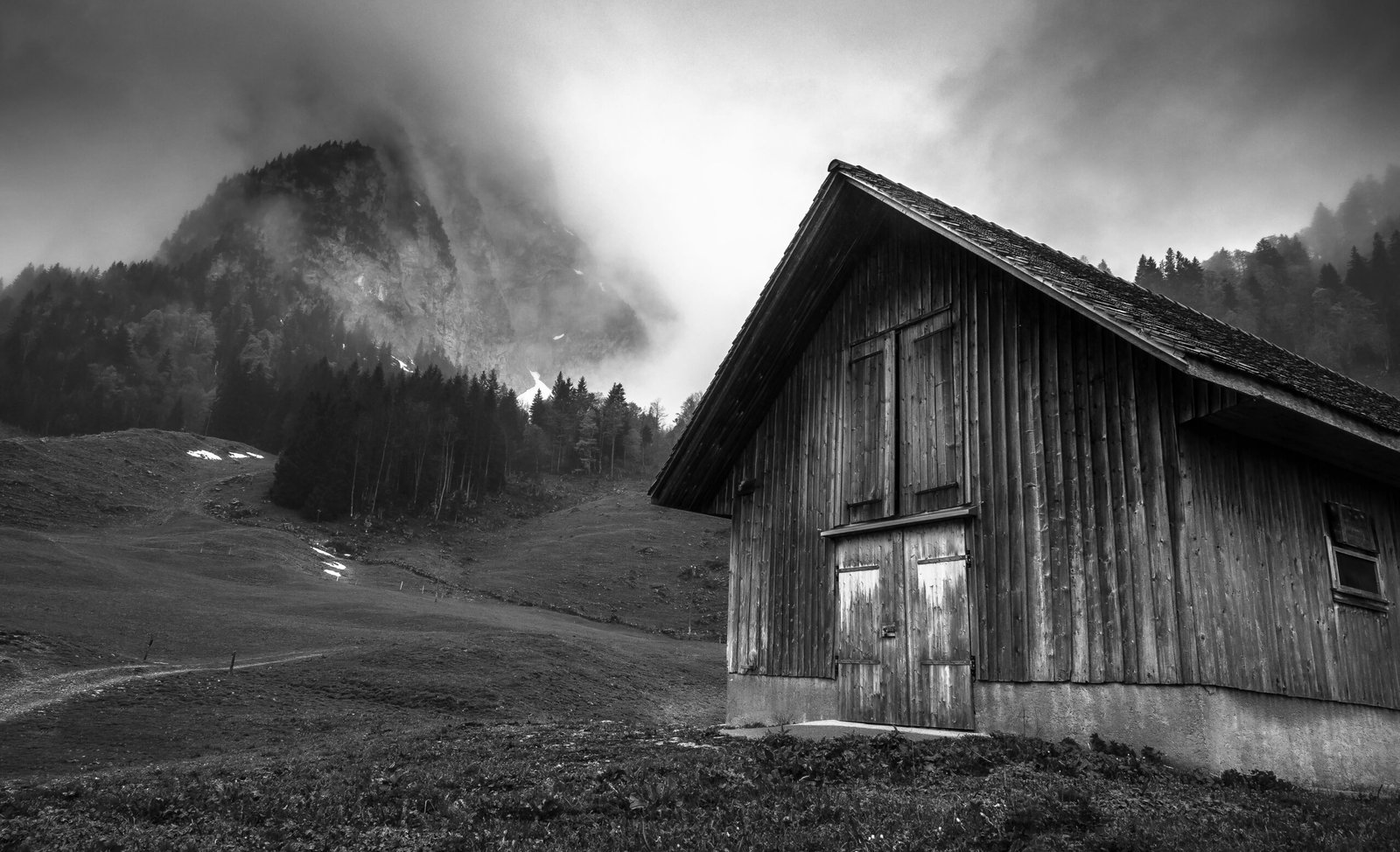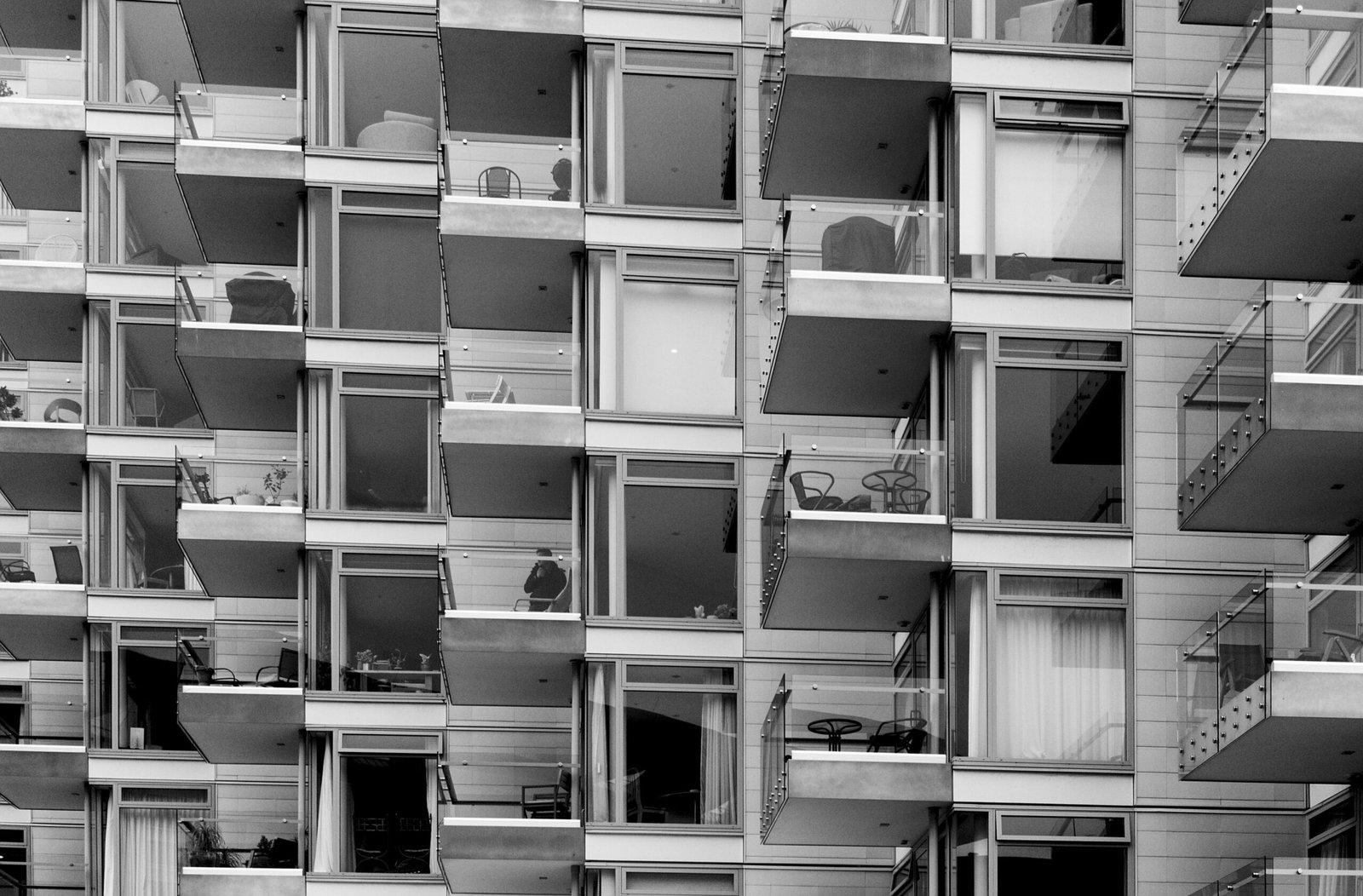🩺 Powerful Health Spells That Restore & Rejuvenate
Boost your well-being, overcome fatigue, and heal with trusted spells crafted for body and mind.
Introduction to Cluttercore
Cluttercore is an emerging interior design trend that stands in stark contrast to the principles of minimalism, advocating for a rich tapestry of personal belongings and cherished objects within living spaces. As society increasingly finds itself drawn to the warmth and comfort of home, cluttercore has surfaced as a heartfelt response to the often cold and impersonal nature of minimalist environments. This design philosophy is not merely about accumulating items; instead, it celebrates warmth, personality, and a narrative that each object contributes to a room.
At its core, cluttercore encourages individuals to showcase their tastes and experiences through their home decor. Cozy corners filled with mementos, vibrant color palettes, and eclectic arrangements characterize this approach, allowing homeowners to create intimate and inviting atmospheres. In a world that often emphasizes the need for openness and space, cluttercore embraces the idea that a populated room can feel just as serene, if not more so—assuming the right balance is achieved.
The appeal of cluttercore lies in its ability to foster connection and authenticity. Unlike minimalism, which often promotes a pristine and uniform aesthetic, cluttercore invites personal expression by allowing various elements—from vintage finds to handmade crafts—to coexist harmoniously. Each item has the potential to evoke memories and spark stories, making living spaces feel uniquely personalized. This makes cluttercore particularly attractive to those who wish to transform their homes into reflections of their identities, celebrating individuality over uniformity.
As we delve further into this trend, we will explore the principles behind cluttercore and its practical implications for embracing a more lived-in approach to interior design, ultimately inviting readers to reconsider their understandings of comfort and style.
The Origins of Cluttercore
The cluttercore aesthetic surfaces as a reaction to the prevailing minimalistic design trends that have dominated interiors for several years. Its origins can be traced back to significant cultural and societal shifts, particularly during the COVID-19 pandemic, when individuals found themselves spending unprecedented amounts of time at home. As lockdowns ensued, many people began to rethink their living spaces, seeking comfort and a sense of belonging within their environments. This led to a growing desire for personalized, expressive interiors, steering them away from stark, impersonal minimalism.
Cluttercore embodies this newfound yearning for warmth, authenticity, and the inclusion of sentimental items. Rather than discarding possessions to achieve a clean, spacious aesthetic, individuals embraced the idea of showcasing objects that tell their stories. This trend aligns with a broader movement aimed at self-expression and creativity, allowing individuals to curate collections of cherished items, an approach inherently opposed to the minimalist philosophy focused on decluttering. Thus, cluttercore transcends simple decoration; it fosters a reflective space that connects an individual’s identity with their environment.
Furthermore, social media platforms like Instagram and TikTok have amplified the visibility of the cluttercore trend. Influencers on these platforms have taken to sharing their homes filled with eclectic decor, vintage finds, and personal artifacts, thus normalizing the idea that a chaotic yet curated space can be both visually appealing and comforting. Pinterest boards featuring cozy, cluttered interiors have similarly gained traction, inspiring users to consider how their collections can narrate their unique stories. As such, cluttercore not only transforms physical spaces but also redefines the concept of home, making it a sanctuary of creativity and emotion.
Key Characteristics of Cluttercore
Cluttercore, as an interior design trend, embraces a distinctive aesthetic that diverges significantly from minimalist principles. One of its most notable characteristics is the use of layered textures that create a sense of warmth and depth within a space. This approach often incorporates a variety of materials, such as soft fabrics, rough woods, and shiny metals, all coexisting harmoniously to establish a tactile experience. Textures are not just surface-level; they play a crucial role in conveying comfort and inviting an engaging atmosphere.
Vibrant colors are another hallmark of cluttercore design. Rather than adhering to a restrained color palette commonly associated with minimalism, cluttercore celebrates bold hues that evoke emotion and personality. Rich greens, warm yellows, and deep blues can be found amid an array of eclectic decorations, providing each space with an energetic vibe. This lively color scheme enhances the overall ambiance, making it feel both dynamic and inviting.
The fusion of vintage and modern elements is also integral to the cluttercore aesthetic. In this design philosophy, timeworn pieces are juxtaposed with contemporary accessories, creating a unique narrative that reflects the homeowner’s personality and history. These eclectic combinations tell a story, often showcasing significant personal artifacts that are not just decorative but imbued with sentiment. Objects like family heirlooms, found treasures from thrift stores, and contemporary artwork coexist, enriching the visual and emotional landscape of the room.
𖤐 Forbidden Dark Spells — Unleash Mystical Power
Harness the arcane, from hexes and curses to revenge and binding spells — real power for those who dare to command it.
The cluttercore trend ultimately celebrates a lived-in look, emphasizing the beauty of imperfection and individuality. By prioritizing warmth, color, and personal connection over the ideals of minimalism, cluttercore creates spaces that feel homey and genuinely reflective of their inhabitants.
How to Achieve the Cluttercore Aesthetic
Achieving the cluttercore aesthetic requires a thoughtful approach that emphasizes curation over mere accumulation. The key is to create a cozy environment filled with items that resonate with your personality, rather than creating chaos with haphazard collections. Start by sourcing items that hold sentimental value or reflect your interests. This can include vintage finds, souvenirs from your travels, or family heirlooms. Thrift stores, flea markets, and online marketplaces are excellent places to discover unique pieces that can contribute to the cluttercore aesthetic.
Next, consider your styling techniques. Layering is essential in cluttercore design. Arrange items in groups, creating visual interest by varying heights and textures. For instance, place a stack of books next to a small potted plant, accompanied by a vintage photograph. This interplay of objects not only adds depth to your space but also tells a story. Furthermore, don’t shy away from mixing styles; combining modern and vintage elements can create an inviting, eclectic vibe.
When it comes to color palettes, opt for warm, earthy tones that evoke comfort and familiarity. Rich colors such as deep greens, muddy browns, and warm terracotta can help establish a nurturing atmosphere. Integrate patterns and textures into your design by mixing fabrics, such as knitted throws or patterned cushions, to enhance the tactile experience of the space. Consider adding wall art or textiles that reflect personal memories or local craftsmanship, as they can serve as focal points that invite conversation and connection.
Ultimately, the cluttercore aesthetic is about creating a space that is uniquely yours—a sanctuary filled with character that values individuality over minimalism. By thoughtfully selecting and arranging your possessions, you can cultivate a warm and inviting environment that embraces the charm of collected objects.
The Psychological Benefits of Cluttercore
Cluttercore, as an interior design trend that embraces the accumulation of cherished items and eclectic decor, offers notable psychological benefits. This approach contrasts sharply with minimalism, which often prioritizes starkness and the absence of personal touches. Instead, cluttercore creates a uniquely warm and inviting atmosphere, fostering a sense of comfort and emotional security when one enters a space. Such a nurturing environment can have profound implications for an individual’s mental health and overall well-being.
Research indicates that personal spaces decorated with elements one loves can significantly enhance feelings of belonging and contentment. The presence of tangible memories, whether it be favorite books, art pieces, or sentimental artifacts, can trigger positive emotions and reminiscence, further enhancing comfort. Surrounding oneself with objects that resonate on a personal level provides not only nostalgia but also a sense of stability and identity, which are essential for psychological resilience.
Moreover, cluttercore supports creativity in various ways. Unlike minimalist spaces that may feel restrictive, a cluttercore environment allows for personal expression through the display of diverse items. This diversity can stimulate the imagination and encourage innovative thinking, making it a perfect space for creative endeavors. Engaging in creative activities can also lead to improved mental health, as it provides a productive outlet for emotional expression and stress relief.
Overall, cluttercore offers a unique perspective on home aesthetics by promoting an environment that is not just visually stimulating but also emotionally nourishing. By acknowledging the psychological implications of our surroundings, cluttercore can thus be seen as a proactive approach to cultivating happiness and relaxation in our everyday lives. This trend advocates for the significance of personal connection to the decor, ultimately resulting in a more fulfilling and comforting living experience.
Cluttercore vs. Minimalism: A Comparative Analysis
The concepts of cluttercore and minimalism stand in stark contrast to one another, each representing a distinct philosophy regarding space, aesthetics, and personal expression. Minimalism advocates for an uncluttered environment, emphasizing simplicity, functionality, and a curated selection of possessions. This approach is often rooted in the belief that reducing visual stimuli can lead to enhanced mental clarity and tranquility. In minimalism, the focus lies on less—a choice often associated with modern design, open spaces, and neutral color palettes. However, while appealing, minimalism may provoke feelings of sterility or emotional disconnection, particularly for individuals who find solace in a visually rich environment.
💰 Powerful Spells for Wealth & Prosperity
Attract money, success, and financial abundance with real magic spells that bring results fast.
On the other hand, cluttercore celebrates the personal narrative embedded in accumulated objects. This design trend thrives on the notion that ‘more is more’ and prioritizes emotional comfort over clinical order. Cluttercore invites individuals to fill their spaces with items that evoke memories, tell stories, and contribute to a sense of identity. Each piece, whether a vintage trinket or a family heirloom, serves a purpose beyond mere decoration; it is a tangible representation of personal history. This approach, while often misunderstood as chaotic or unrefined, can, in fact, evoke warmth and familiarity, creating environments that actively promote emotional well-being.
Despite its flaws, minimalism’s appeal is clear—it promotes a simplistic, often aspirational lifestyle. Yet, proponents of cluttercore advocate that psychological comfort and personal expression can significantly enhance home life, suggesting that the allure of minimalism may not resonate with everyone. It is essential to recognize that both styles offer distinct advantages and challenges. In evaluating these two approaches, individuals must consider their values, lifestyle, and emotional needs, determining which design philosophy aligns best with their vision of a fulfilling living space.
Success Stories: Cluttercore in Real Homes
Cluttercore, a distinctive trend in interior design, embraces the beauty of collections and personal artifacts, moving away from the sterile aesthetic of minimalism. Various homeowners have adopted this approach, leading to diverse manifestations of cluttercore that not only enhance their living spaces but also reflect their unique personalities. One notable example is the home of Emma Garcia, an art enthusiast based in Portland, Oregon. Emma filled her home with vibrant paint, eclectic art pieces, and a myriad of plants, creating a space that feels both dynamic and deeply personal. Her collections tell stories, with each item sparking nostalgia or inspiration, showcasing how cluttercore can create an inviting atmosphere.
Another inspiring case is that of the Thompson family in Atlanta, Georgia. They transformed their suburban residence by incorporating cluttercore elements, which allowed them to celebrate their family history through upcycled furniture and cherished heirlooms. The living room, adorned with an assortment of family photographs, handcrafted decorations, and shelves brimming with books, fosters a sense of warmth and belonging. The Thompsons report that this intentional clutter has fostered deeper connections among family members and serves as a beautiful backdrop for their daily lives.
In a completely different context, we have the New York City apartment of tech entrepreneur Jay Lee, whose journey reflects a blend of modernity and nostalgia. Jay’s cluttercore vision merges vintage finds with contemporary technology, showcasing his passion for both history and innovation. His carefully curated space brims with books, vintage memorabilia, and tech gadgets that coexist harmoniously. This dynamic environment not only fuels his creativity but also invites friends and colleagues into a space that feels lived-in and welcoming.
Through these diverse interpretations, it is evident that cluttercore serves as a powerful means of self-expression in interior design. Each homeowner’s journey illustrates the profound impact of embracing personal narratives and collections, inviting others to explore their unique design paths.
Sustainability and Cluttercore
Cluttercore as a design aesthetic promotes a distinctive approach to interior styling that champions individuality and personal expression, all while embracing sustainable practices. In an age where the conversation about environmental impact is prominent, cluttercore stands out by encouraging the acquisition and display of secondhand and vintage items. This trend not only champions uniqueness but also significantly contributes to reducing waste and minimizing the carbon footprint associated with mass production.
Through the act of upcycling—transforming discarded items into something useful or beautiful—cluttercore exemplifies a commitment to sustainability. Homeowners can breathe new life into forgotten treasures, turning what were once deemed as trash into valued household accents. This creative reuse of goods aligns perfectly with eco-friendly principles, allowing individuals to engage in a form of decorative expression that is at once personal and planet-positive.
Furthermore, thrift shopping plays a pivotal role in the cluttercore aesthetic, with consumers increasingly opting for pre-owned items instead of new acquisitions. This shift not only supports local businesses and charities but also curtails the demand that drives resource-intensive manufacturing processes. By choosing vintage pieces, enthusiasts of cluttercore are making a conscious decision that favors sustainability while simultaneously enriching their living spaces with stories and character that new items often lack.
Cluttercore also encourages thoughtful acquisition of decor items, as it invites individuals to curate collections that reflect their personal tastes and histories. This intentionality fosters a deeper connection to possessions, encouraging owners to value what they own and make informed choices about their purchases. Hence, cluttercore does not only create visually engaging environments; it also aligns with a responsible and sustainable lifestyle, resonating deeply with eco-conscious consumers who wish to decorate their homes with integrity.
Conclusion: Why Cluttercore is Here to Stay
As we reflect on the rise of cluttercore in the world of interior design, it becomes evident that this trend challenges the established norms of minimalism. The growing appeal of cluttercore can be attributed to its embrace of individuality and personal expression. Unlike minimalism, which often prioritizes simplicity and emptiness, cluttercore celebrates the idea that personal spaces can overflow with character, history, and warmth. This shift towards allowing more items in one’s living environment reflects a broader cultural change where identity is intricately tied to the objects one surrounds oneself with.
The increasing popularity of cluttercore may very well indicate a longing for comfort amidst the fast-paced modern life, where curated interior spaces can mirror the chaos of our daily experiences. This design aesthetic encourages the use of cherished items, be it collections, family heirlooms, or eclectic decor, all of which contribute to a sense of belonging and nostalgic value. The items showcased in these spaces tell stories, evoke memories, and create a personal narrative, thus promoting a deeper connection to one’s environment.
Moreover, as sustainability becomes an increasingly crucial consideration in design, cluttercore aligns with the growing trend of repurposing and reusing items instead of solely seeking out new, minimalist alternatives. This practice not only reduces waste but also enhances the uniqueness of one’s space. As consumer preferences continue to evolve, it is evident that cluttercore possesses the potential for longevity. Embracing chaos as a form of beauty allows individuals to transform their homes into vivid reflections of their personalities. Therefore, as we navigate the future of interior design, cluttercore is likely to remain a significant and enduring trend, inviting everyone to find comfort in the curated chaos of their personal spaces.









